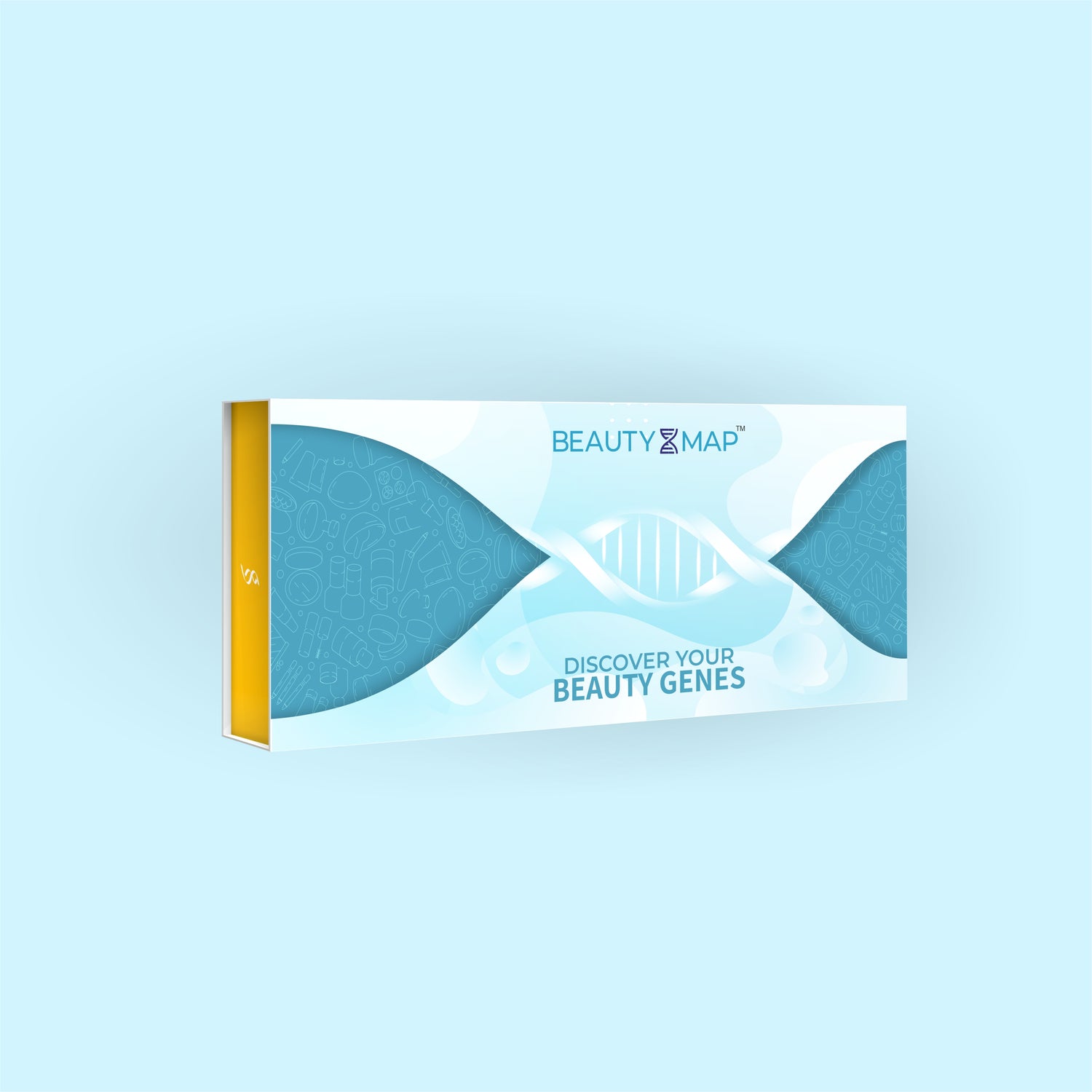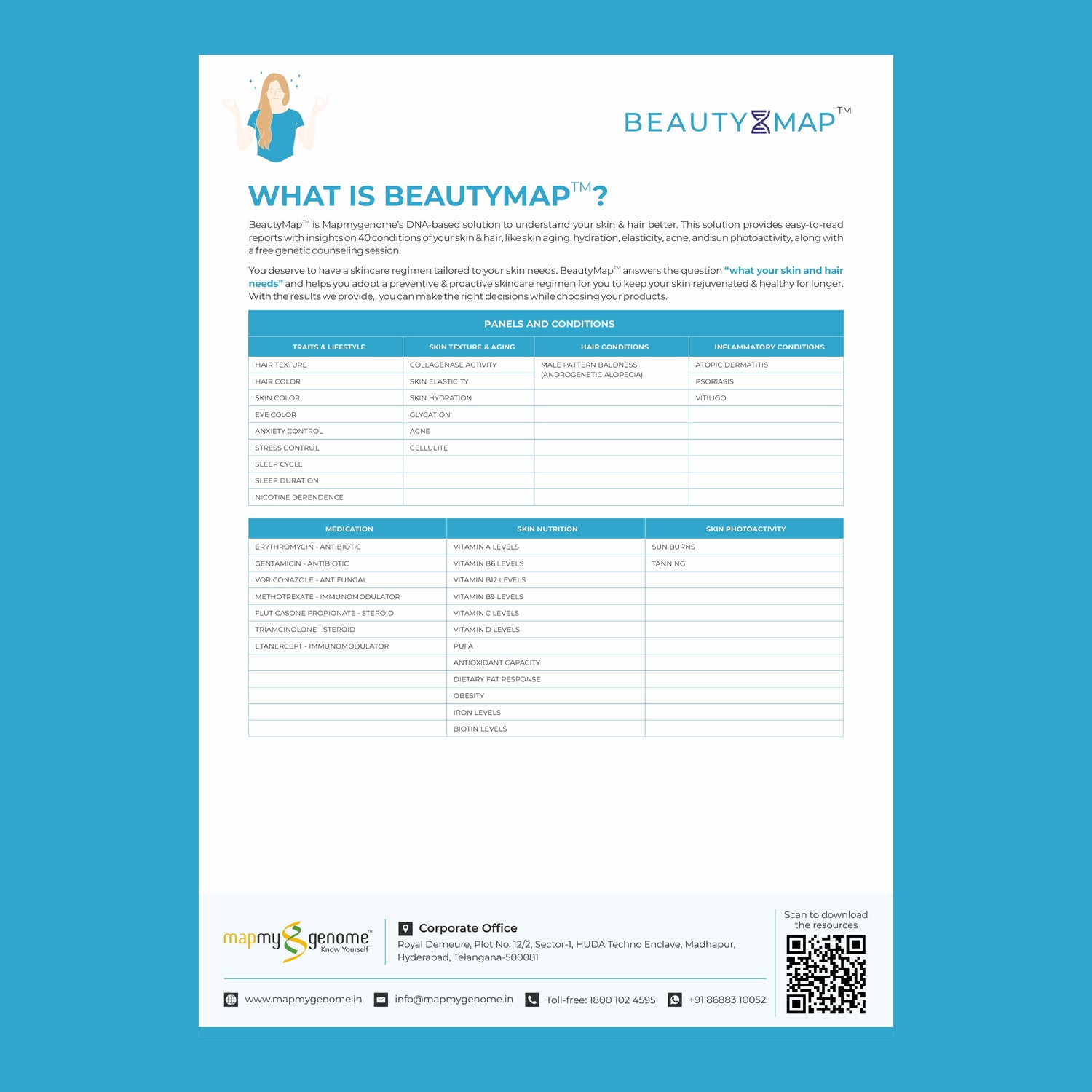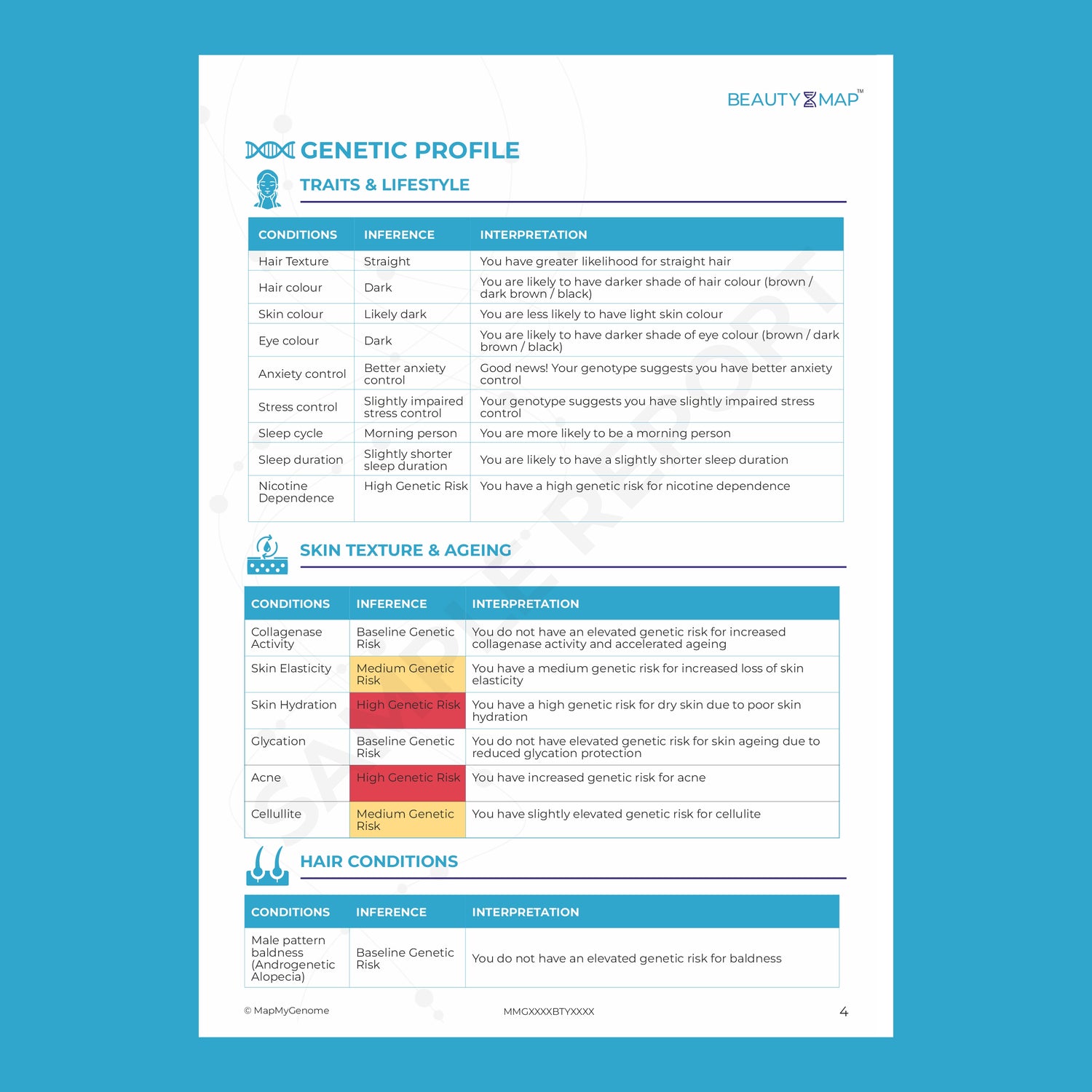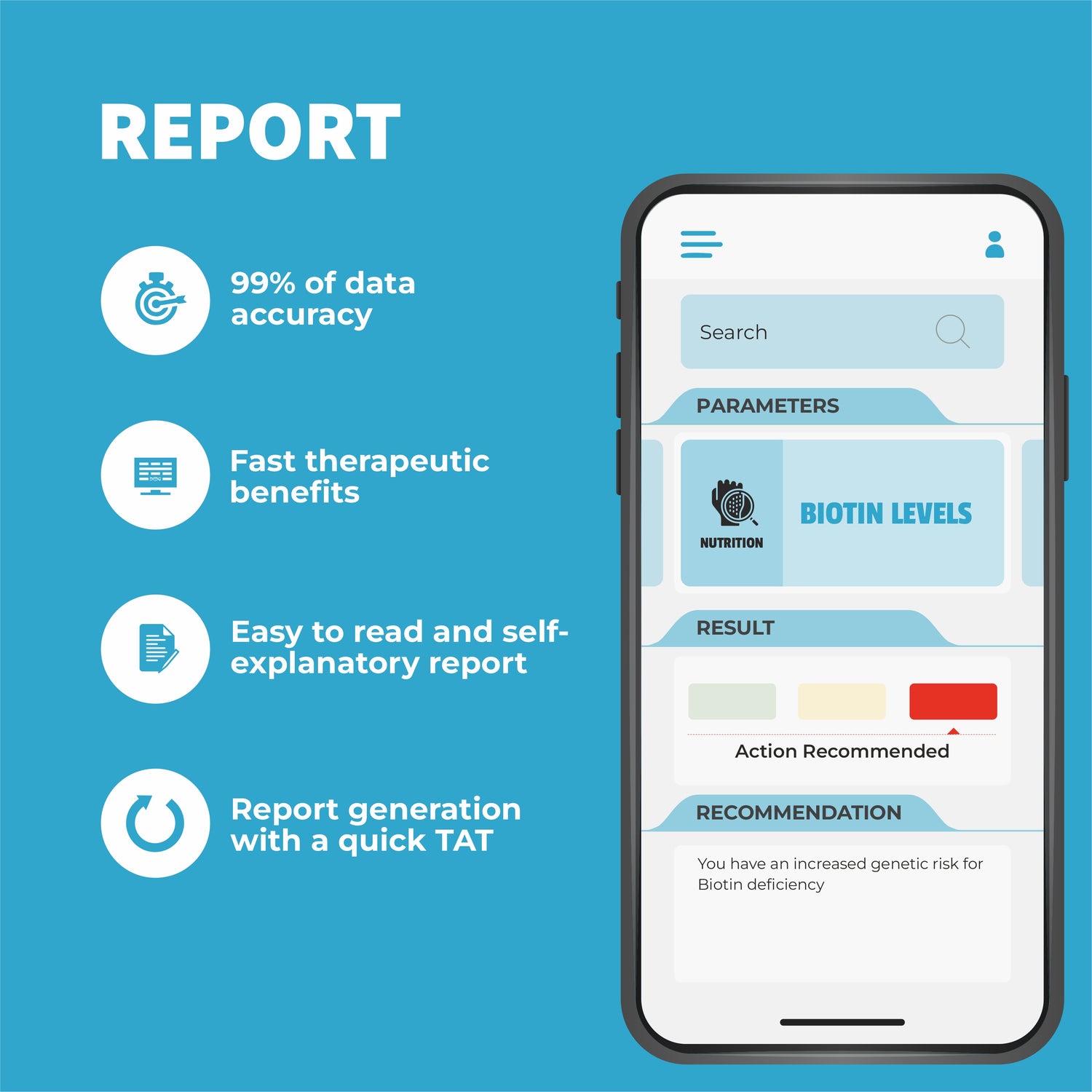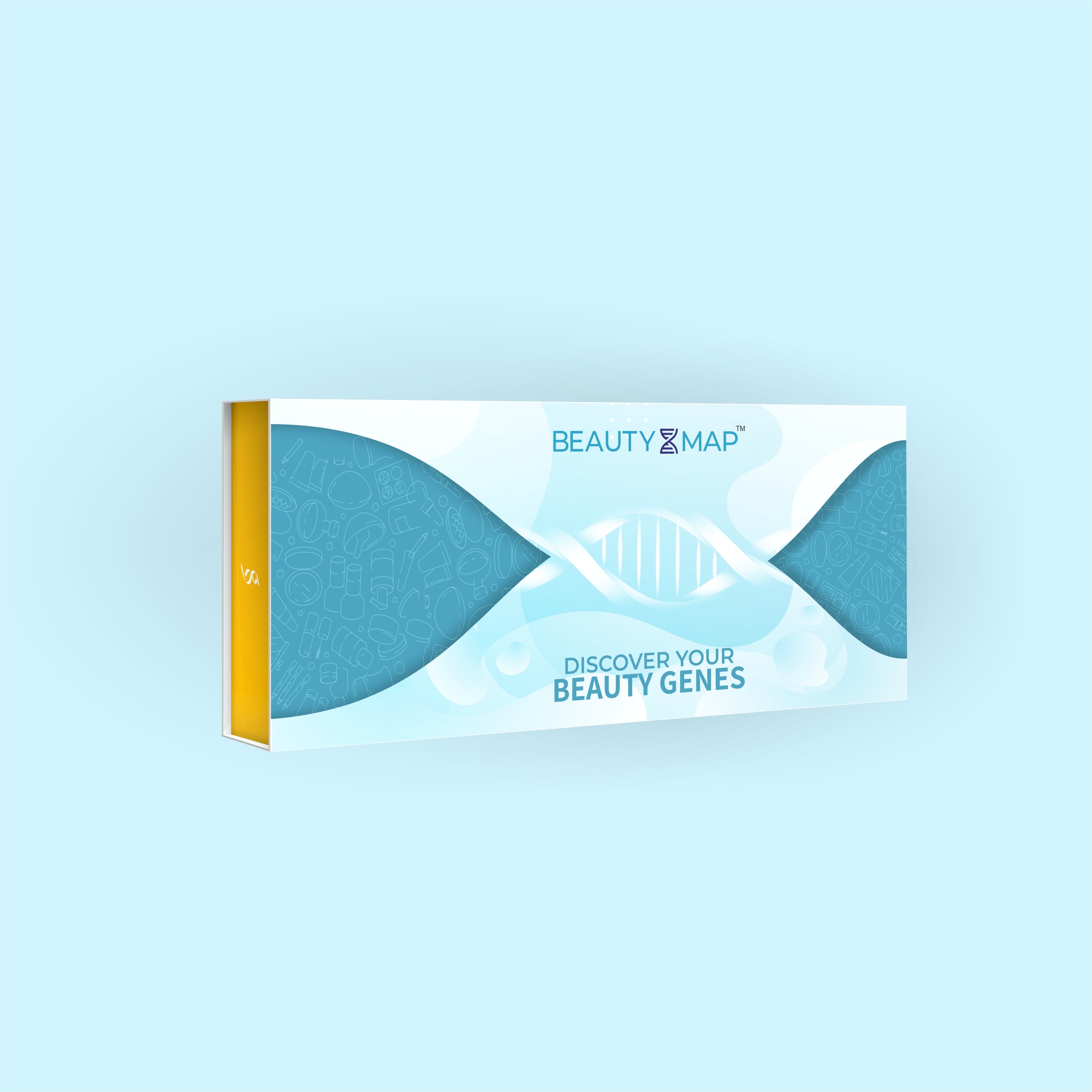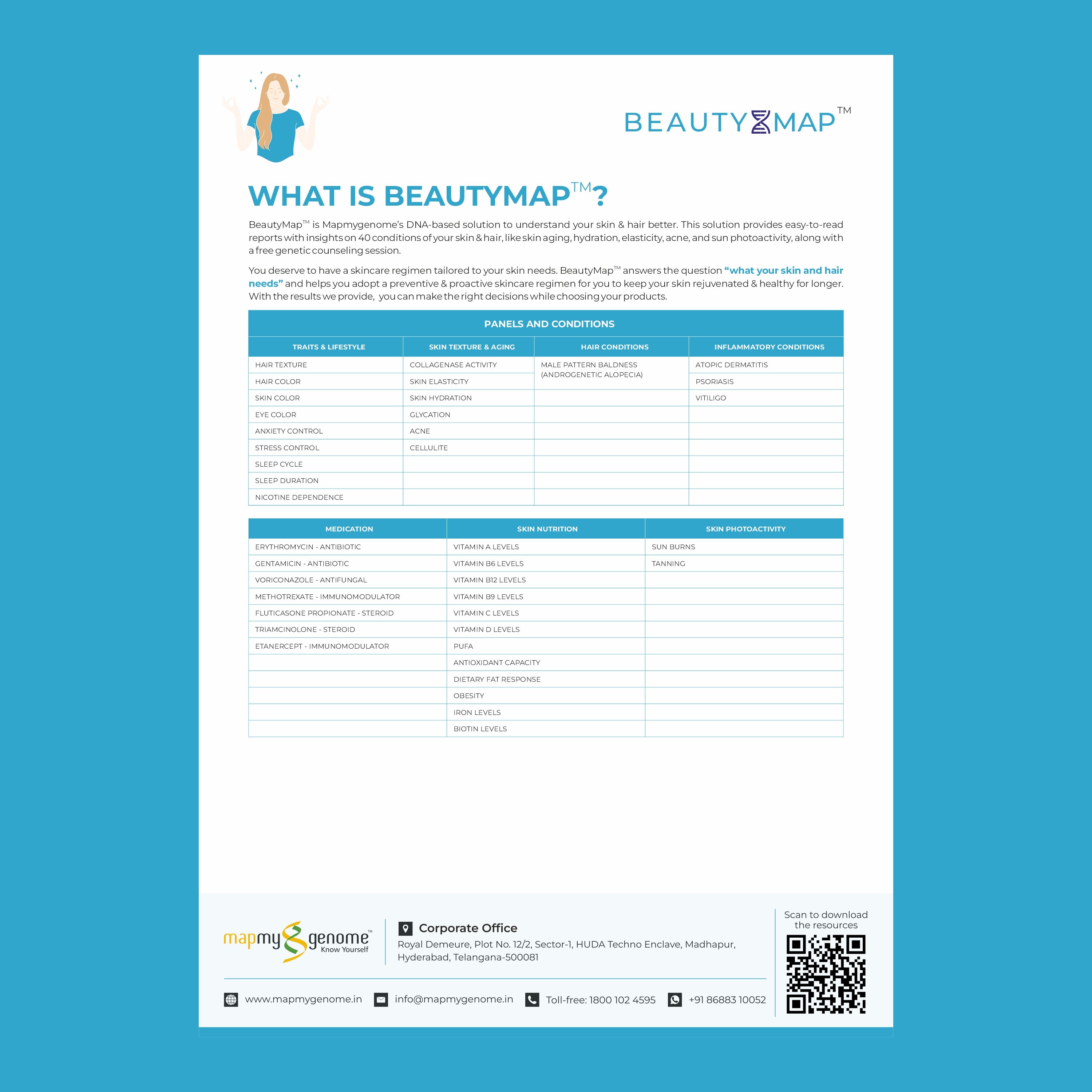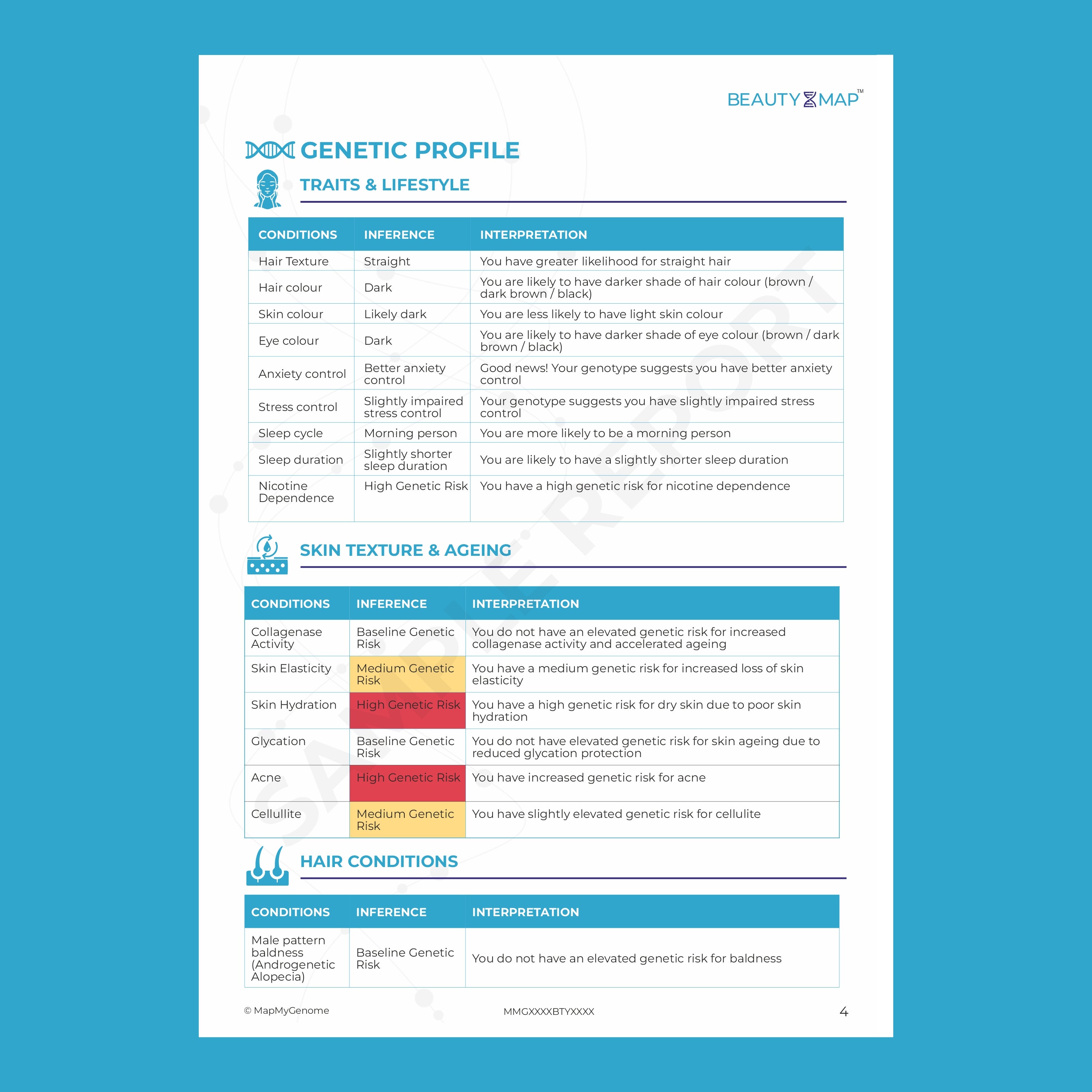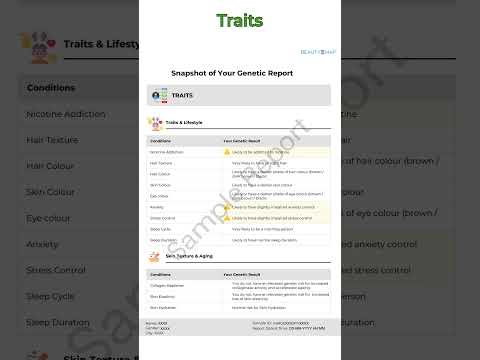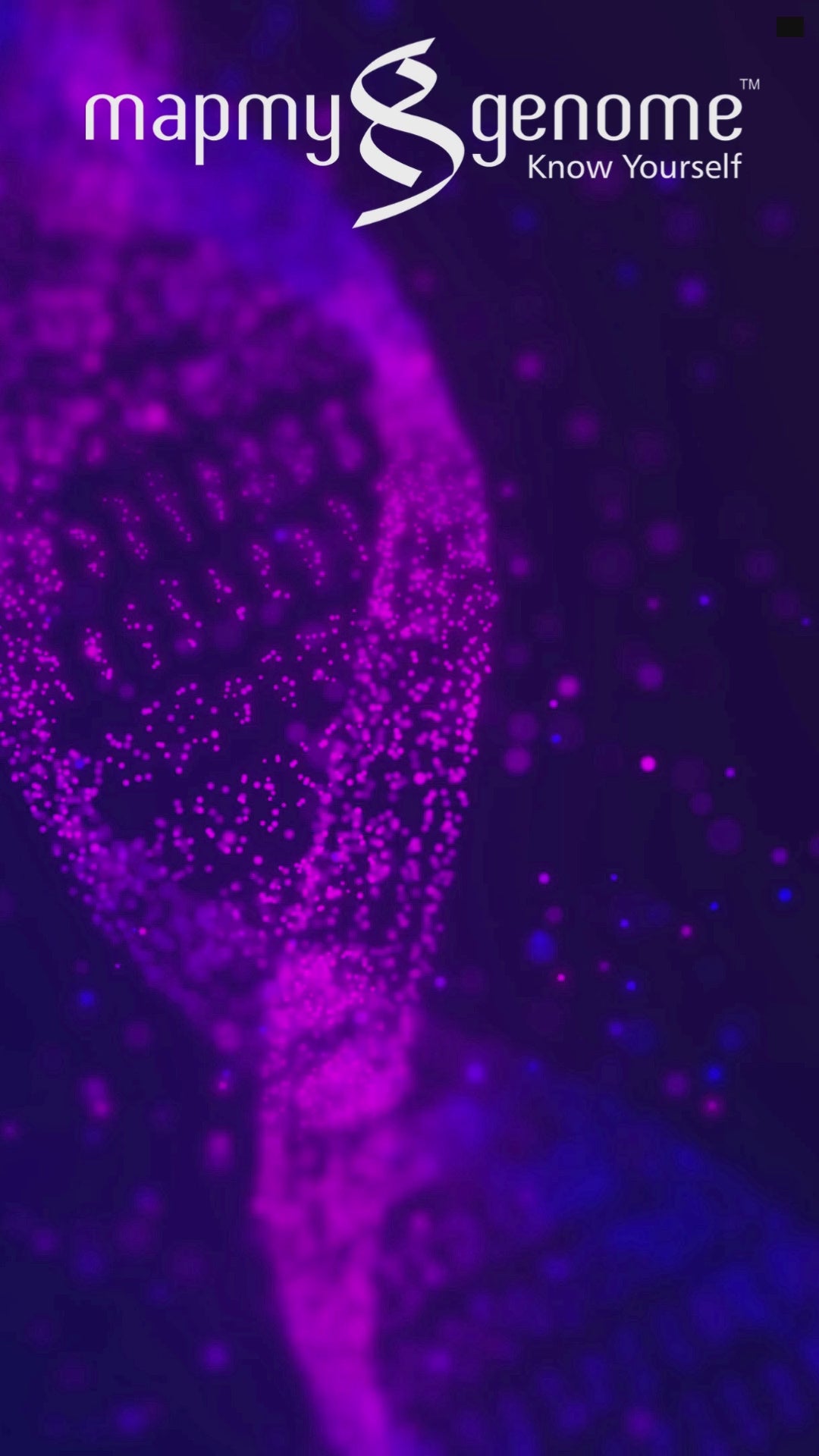Zit scars, also known as acne scars, can be a persistent and frustrating problem for many people. These scars can affect your confidence and self-esteem, making it essential to understand their causes and explore effective treatments. In this comprehensive guide, we will delve into the different types of zit scars, various treatment options available, and how genetic testing, such as the BeautyMap test by MapmyGenome, can help you achieve clearer, healthier skin.
What Causes Zit Scars?
Zit scars form when severe acne damages the skin and the underlying tissue. The body tries to repair this damage by producing collagen. If too little collagen is produced, you get depressed scars, while too much collagen results in raised scars. Factors that contribute to scarring include:
- Inflammatory acne: Severe acne that penetrates deep into the skin.
- Picking or squeezing pimples: This can increase inflammation and worsen scars.
- Genetics: Your skin type and genetic predisposition can affect how your skin heals and scars.
Types of Zit Scars
Understanding the type of scars you have is crucial in determining the best treatment approach. There are several types of zit scars:
- Atrophic scars: These are depressed scars that sit below the surrounding skin. They are further classified into ice pick scars, boxcar scars, and rolling scars.
- Hypertrophic scars: Raised scars that sit above the surrounding skin, often caused by excess collagen production.
- Keloid scars: Larger, raised scars that extend beyond the original wound site, also caused by excess collagen.
Effective Treatments for Zit Scars
The good news is that there are numerous treatments available to help reduce the appearance of zit scars. Here are some of the most effective options:
1. Topical Treatments
Topical treatments are a common first step in treating mild to moderate zit scars. These include:
- Retinoids: These derivatives of vitamin A help promote cell turnover and improve skin texture.
- Alpha hydroxy acids (AHAs): These exfoliants remove dead skin cells and promote new skin growth.
- Silicone gels or sheets: These can help flatten raised scars and reduce redness.
2. Chemical Peels
Chemical peels involve applying a solution to the skin that causes it to exfoliate and eventually peel off. This process reveals new, smoother skin underneath. Chemical peels can be effective for both atrophic and hypertrophic scars.
3. Microneedling
Microneedling involves using tiny needles to create controlled micro-injuries in the skin. This stimulates collagen production and helps improve the appearance of atrophic scars. It can be performed alone or in combination with other treatments.
4. Laser Treatments
Laser treatments, such as fractional laser therapy and CO2 laser resurfacing, are popular options for treating zit scars. These treatments use focused light to remove damaged skin and stimulate the growth of new, healthy skin. They are particularly effective for atrophic scars.
5. Dermal Fillers
Dermal fillers can be injected into depressed scars to raise them to the level of the surrounding skin. This provides an immediate improvement in appearance, although the results are temporary and may require repeat treatments.
6. Steroid Injections
Steroid injections are used to treat raised scars, such as hypertrophic and keloid scars. The steroids reduce inflammation and flatten the scar over time.
The Role of Genetic Testing in Zit Scar Treatment
While the above treatments can be effective, understanding your skin’s unique genetic makeup can provide valuable insights into the best approach for your specific needs. This is where the BeautyMap test by MapmyGenome comes into play.
BeautyMap Genetic Test by MapmyGenome
The BeautyMap genetic test analyzes your DNA to provide personalized insights into your skin’s characteristics, including its tendency to scar, heal, and respond to different treatments. Here’s how it can help you:
- Identify Genetic Predispositions: Learn about your skin’s genetic tendencies, such as how prone you are to scarring or hyperpigmentation.
- Personalized Skincare Recommendations: Receive tailored skincare advice based on your genetic profile, helping you choose the most effective products and treatments.
- Preventive Measures: Understand your skin’s potential issues before they arise, allowing you to take proactive steps to prevent scarring.
By taking the BeautyMap test, you can create a customized skincare routine that addresses your unique needs, leading to better results and healthier skin.
How to Take the BeautyMap Test
Taking the BeautyMap test is simple and convenient. Here’s how it works:
- Order Your Test Kit: Visit the MapmyGenome website to order your BeautyMap test kit.
- Collect Your Sample: Follow the instructions to collect a DNA sample using a painless cheek swab.
- Send Your Sample: Mail your sample back to MapmyGenome in the provided packaging.
- Receive Your Results: Your results will be available online, providing you with detailed insights and personalized recommendations.
Conclusion
Zit scars can be a persistent issue, but with the right knowledge and treatments, you can significantly improve their appearance. Understanding the different types of scars and exploring various treatment options, from topical treatments to advanced laser therapies, can help you find the best solution for your skin.
Additionally, incorporating genetic testing, such as the BeautyMap test by MapmyGenome, into your skincare routine can provide personalized insights that enhance your treatment outcomes. By addressing your unique genetic makeup, you can achieve clearer, healthier skin and boost your confidence.
Take control of your skin’s health today by exploring the best treatment options for your zit scars and considering the benefits of genetic testing with BeautyMap. Your journey to clearer skin starts here!



